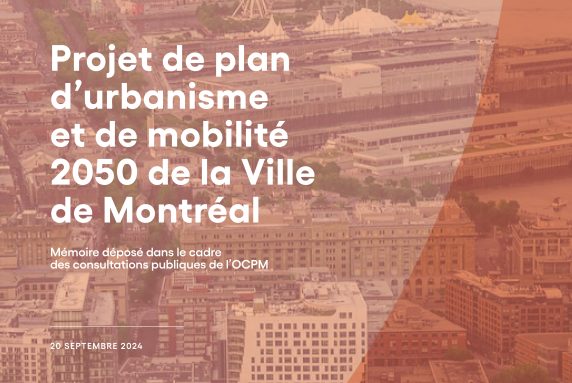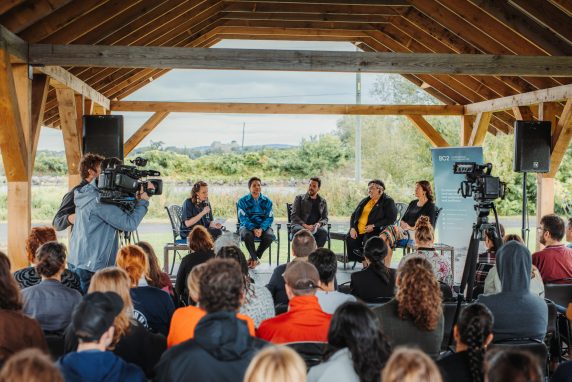Land use planning is transforming our living environments. Our experts dissect the issues raised by current events and share the news and ideas that make us progress together.

Réflexions BC2
Challenges of territorial resilience
Chapters
As territories are increasingly vulnerable to climate, economic, health and social risks, questions arise: faced with these disruptions, what role do we have as experts in land use planning? In this context of uncertainties, how can we foster the creation of sustainable living environments? Réflexions BC2 address these questions by offering a look at the challenges of territorial resilience for the practice of land development and urban planning.
The impacts of climate change raise many concerns about the sustainability of our living environments. The notion of resilience is often used to guide public action in a context of change and uncertainty.
The term resilience relates to the ability of communities to adapt to severe disturbances. Originally popularized in an urban context, this notion can be applied in multiple contexts. It can be used as a tool to prevent complex crises and to plan the future of a territory.
Despite the many challenges that its application poses, this approach highlights the importance of an integrated and interdisciplinary approach to territorial planning.
What is territorial resilience?
Borrowed from the field of ecology, the notion of resilience has been added to the array of tools for the analysis and prevention of natural and human-related risks.
The resilience approach underlines the complexity of situations. It also aims to find solutions to vulnerabilities on a pragmatic and shared basis, even if these proposals are sometimes limited and precarious.
Territorial resilience, on the other hand, focuses on the potential of a space in which communities live daily. To better prepare for crises, the residents of a resilient territory anticipate, react, and adapt. Existing resources are mobilized, and new resources are invented to favorably adapt to a changing environment.
The challenges of territorial resilience implementation
The planning and urban planning professions play an increasingly important role in territorial resilience. In fact, planning and development tools oriented towards resilience should enable communities to improve the capacity of their living environments to remain functional in the event of crises with multiple dimensions: economic, demographic, health, ecological, climatic, etc.
However, the implementation of territorial resilience poses several challenges:
- Spatial framing effects: urban planning and land development experts work within the limits of administrative territories (municipality, RCM, province, etc.) whose boundaries do not always coincide with those of the systems being considered (natural, social, economic, etc.). This situation is especially true in a context of globalization, where large-scale networks (power, information, etc.) are overlapping with decision-making spaces. Solidarities between territories can contribute to resilience, but they require considering other scales of action.
- Temporal framing effects: urban planning and land development experts work in time frames that are shorter than those of data production and decision making. Some dynamic situations, such as climate or demographic changes, require the implementation of an adaptive cycle, with continuous integration of new information, to ensure that recommendations remain relevant in the long run.
- Temporal framing effects: urban planning and land development experts work in time frames that are shorter than those of data production and decision making. Some dynamic situations, such as climate or demographic changes, require the implementation of an adaptive cycle, with continuous integration of new information, to ensure that recommendations remain relevant in the long run.
- Land development tools: the evolution of development and urban planning tools, such as regulations, provide a long-term framework for the territory. However, they evolve slowly, which makes them less adequate to deal with rapidly changing issues. Strategies must be put in place to take advantage of existing tools, in a context of dialogue between experts and stakeholders.
- Feedback and foresight: The analysis of the resilience of land development and urban planning projects is still an important task. Identifying resilience criteria before the territory is exposed to a crisis is a challenge. Often, its effective robustness can only be measured during or after a severe disturbance. Feedback on past crises or projection into the future through scenarios can support the project resilience.
Territorial resilience presents significant challenges for urban planning and land development practices. However, various strategies can be implemented to improve decision-making in a context of dialogue and multidisciplinary integration. In future Réflexions BC2 publications, our experts will attempt to dissect territorial resilience by sharing research, ideas and tools related to the challenges ahead.




















